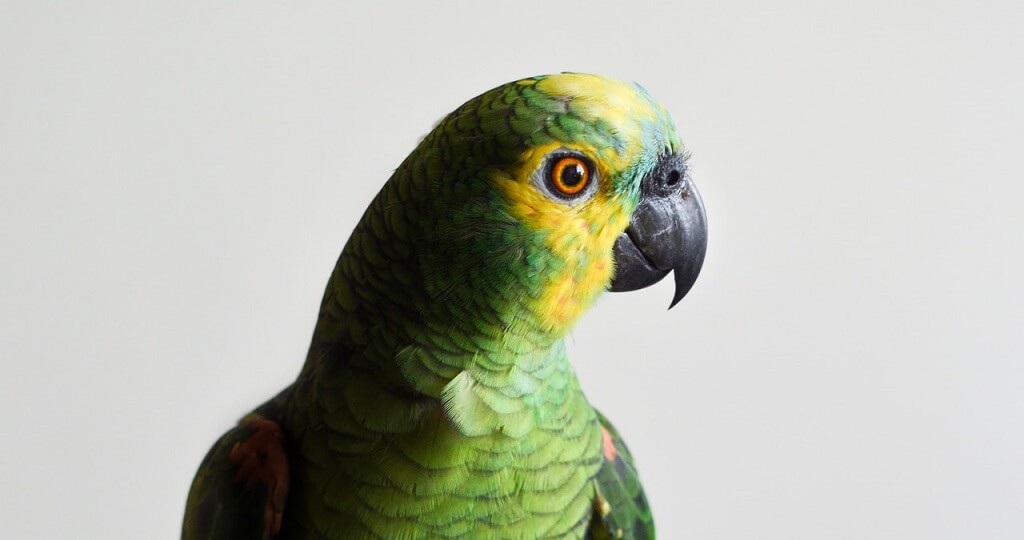We’ll add new resources periodically, so please check back for updates!

List of Canine Breeding-Related References with Annotated Bibliography
This document is a dynamic compilation of scientific journal articles pertaining to canine breeding in commercial settings. Peer-reviewed papers were collected from pubmed.gov and are presented here with associated links. Some articles were selected for annotation and are hyperlinked within the document to the summary. This list is not exhaustive and should be viewed as representative of the research that exists in this space.

Gaps in Scientific Research Related to Canine-Breeding Considerations
The purpose of this document is to highlight some of the gaps that have been noted by scientists as they conduct their research in those areas presented in the List of Canine Breeding-Related References document. This list of gaps is not intended to be exhaustive but serves to highlight some of the areas that have been identified as areas for further research. Additionally, there are other topic areas that have been included as deemed pertinent in conversations with researchers working in these fields.

Capacity for Care
Here’s a great resource from the UC-Davis Koret Shelter Medicine Program on C4C and why it’s so important! Click on the photo to read about capacity for care. Click the button for the C4C calculator.

Pathway Planning
Pathway planning is a critical component of increasing life-saving potential. This process involves having an intentional plan for every animal in the organization’s care, so that days are not “wasted” lost in the system. With a pathway plan in place, length-of-stay (LOS) is reduced for each individual animal, saving resources and lives. Click on the photo for a general information sheet on pathway planning. Check out the button for Dr. Sandra Newbury’s presentation on population rounds!

Managed Admission and Intake Reduction
Managed intake is a progressive way to efficiently utilize staffing resources to best serve the public. Through managed intake, the public is able to receive the time necessary to discuss reasons why they are intending to surrender their pet. This conversation may be enough to help guide them to other community resources, thereby keeping their pet in their home. Managed intake additionally allows staff to anticipate the number of animals entering their facility, thereby providing for them better. It works hand in hand with intake reduction strategies.
